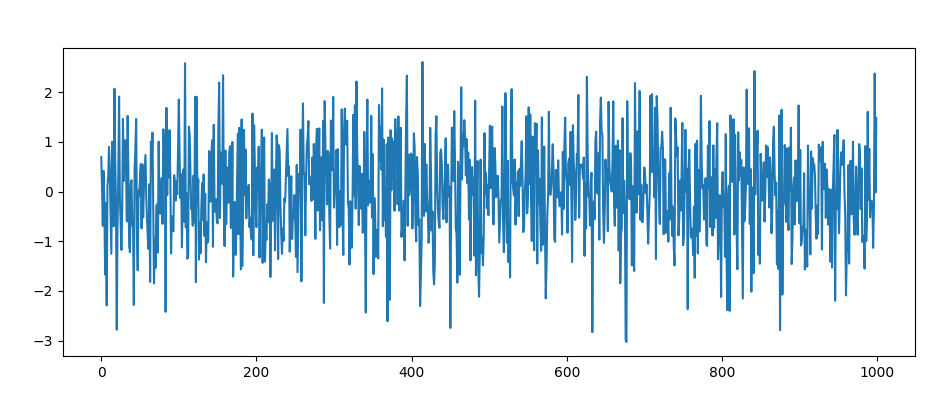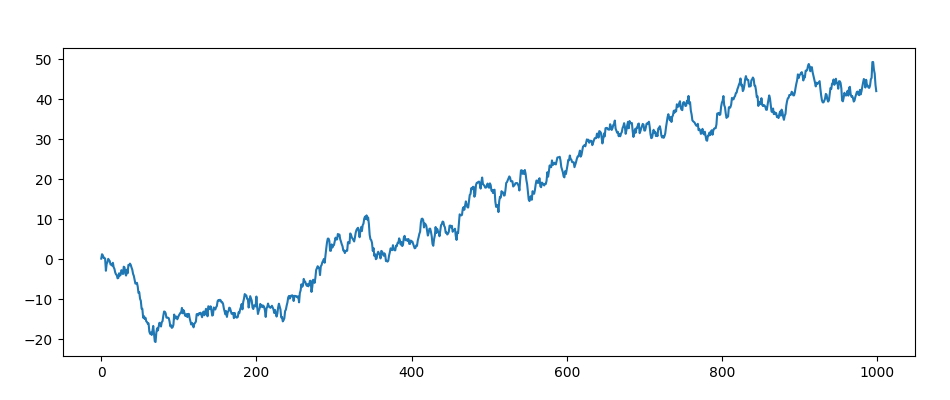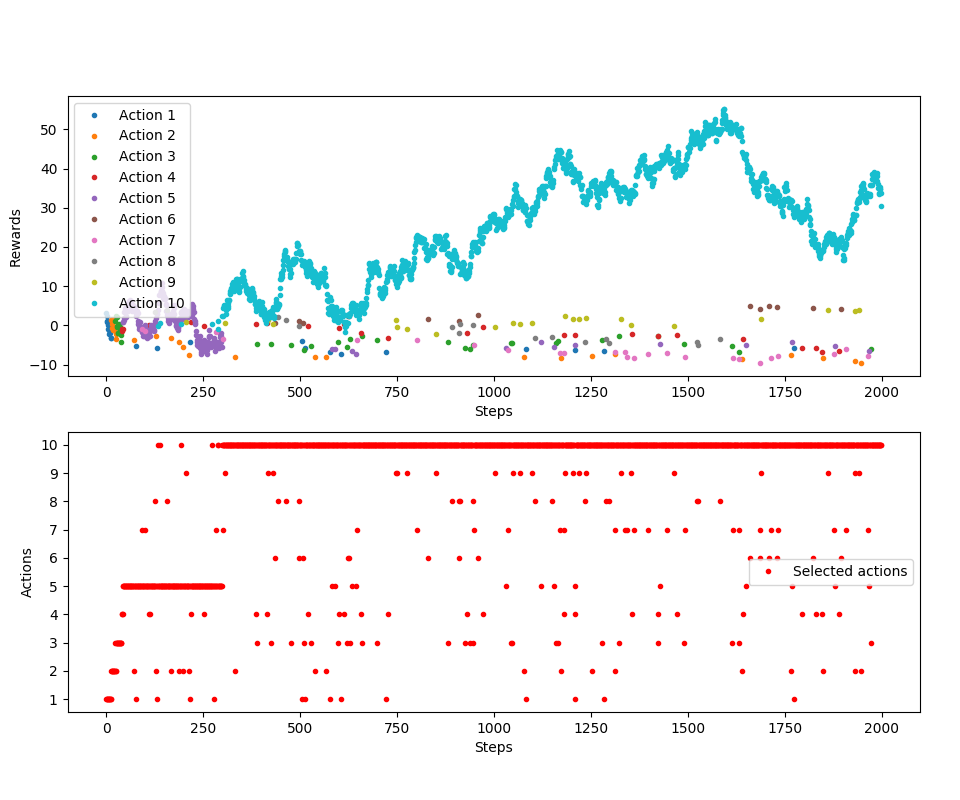Multi-armed bandit - non-stationary version
This post is part of my struggle with the book "Reinforcement Learning: An Introduction" by Richard S. Sutton and Andrew G. Barto. Other posts systematizing my knowledge and presenting the code I wrote can be found under the tag Sutton & Barto and in the repository dloranc/reinforcement-learning-an-introduction.
Non-stationary problem
In this post, I will discuss a particular type of multi-armed bandit (MAB) problem, which consists in the fact that for each one-armed bandit, the value of the rewards changes over time. This is the so-called non-stationary version of MAB. Until now, the value of rewards was obtained from a certain normal distribution with a certain mean and variance (the mean for each arm was selected randomly at the beginning in the constructor).
It looked something like this:

This is the so-called stationary process.
The non-stationary process looks like this and this is what we will deal with:

Solution
Hmm, since the rewards we receive change over time, we'll need something like a weighted average.
One thing first, let's recall the formula from the previous entry:
Let's transform it to:
Where will be some parameter, which may have some constant value or the value of as before.
We transform:
Summary
Sprawdźmy, czy to działa:

It works. That's it, it wasn't much. All we had to do was redo one equation again. I will only add that Sutton and Barto advise to use constant values of because they perform better due to the fact that they do not meet certain conditions for series convergence and this is desirable in non-stationary problems. More details can be found in the book.
The code is here. In the next entry I will deal with another minor optimization of multi-armed bandit.